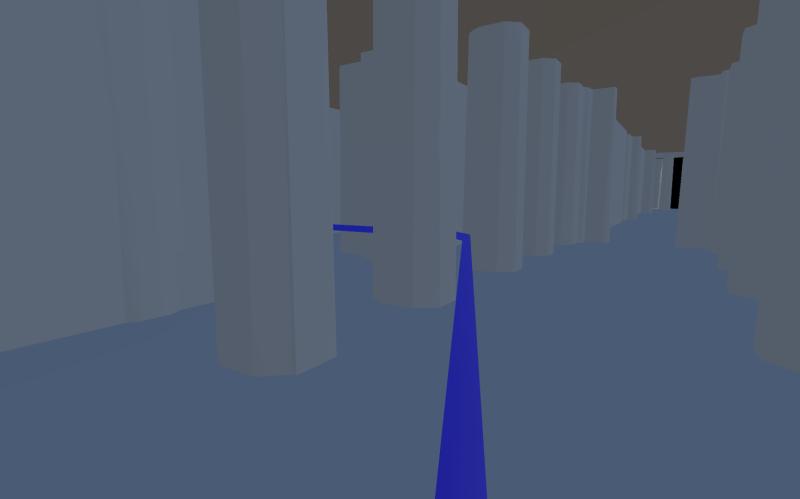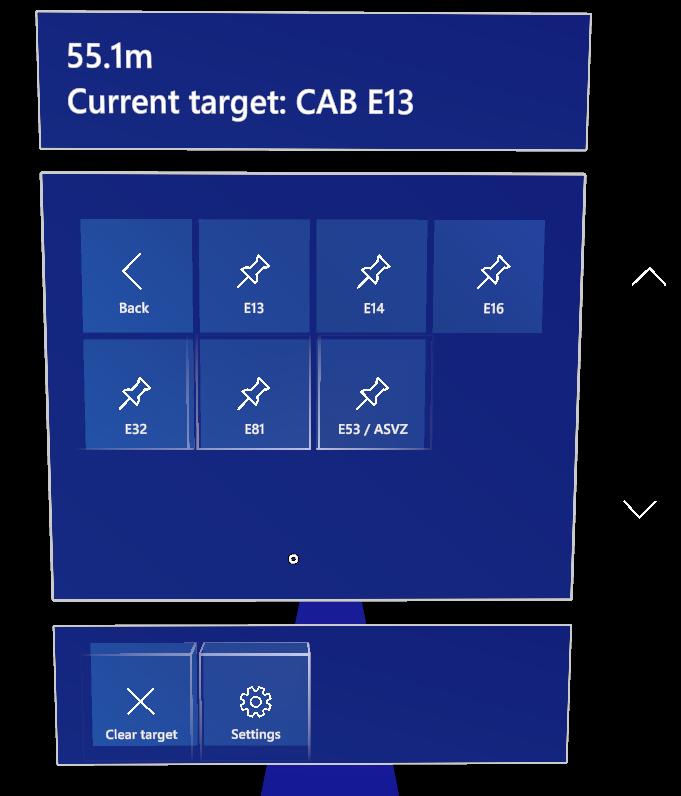AR indoor navigation
Enhancing Wayfinding with Mixed Reality Technology
As a semester project at ETH Zürich, I developed a proof-of-concept for indoor navigation using a head-mounted mixed reality device, specifically the Hololens 2. Leveraging Unity and the Mixed Reality Toolkit 2 (MRTK), this system enables users to navigate efficiently to their selected destinations within a building while avoiding certain areas, such as stairs, to better accommodate individuals with limited mobility.
Key Features
The AR Indoor Navigation system features multiple variations of navigation visualization, which were implemented and assessed through a user study. This evaluation demonstrated the system’s effectiveness and usability, showcasing its potential to enhance wayfinding in complex indoor environments. By providing a tailored navigation experience, the project aims to improve accessibility and ease of movement for all users, regardless of their mobility challenges.
This innovative approach to indoor navigation not only highlights the capabilities of mixed reality technology but also addresses a critical need for inclusive solutions in public spaces.
Screenshots
 Example of the visualization of the navigation in Unity. To display the navigation in the real world, the virtual world is laid over the real world and then hidden by a special shader, such that only the navigation line is visible, but still properly occluded by walls and other obstacles.
Example of the visualization of the navigation in Unity. To display the navigation in the real world, the virtual world is laid over the real world and then hidden by a special shader, such that only the navigation line is visible, but still properly occluded by walls and other obstacles.
 The HUD menu used to set the target of the navigation, as well as changing settings of the navigation (e.g. avoiding stairs for users with limited mobility).
The HUD menu used to set the target of the navigation, as well as changing settings of the navigation (e.g. avoiding stairs for users with limited mobility).
